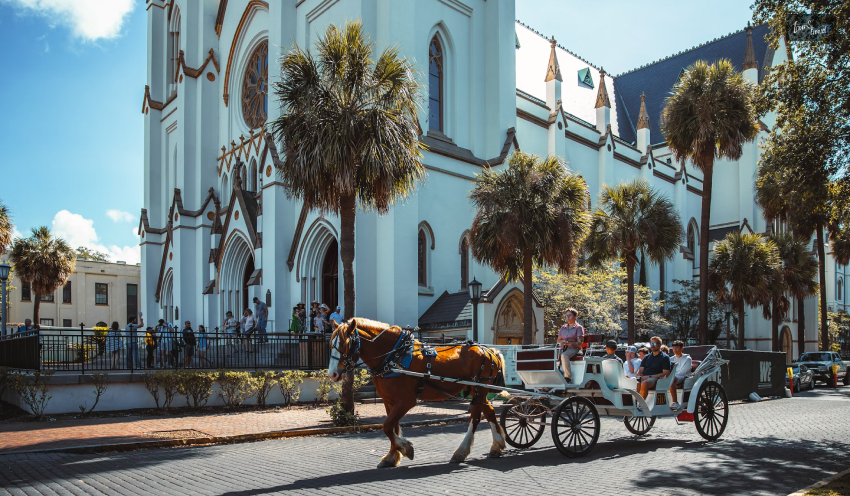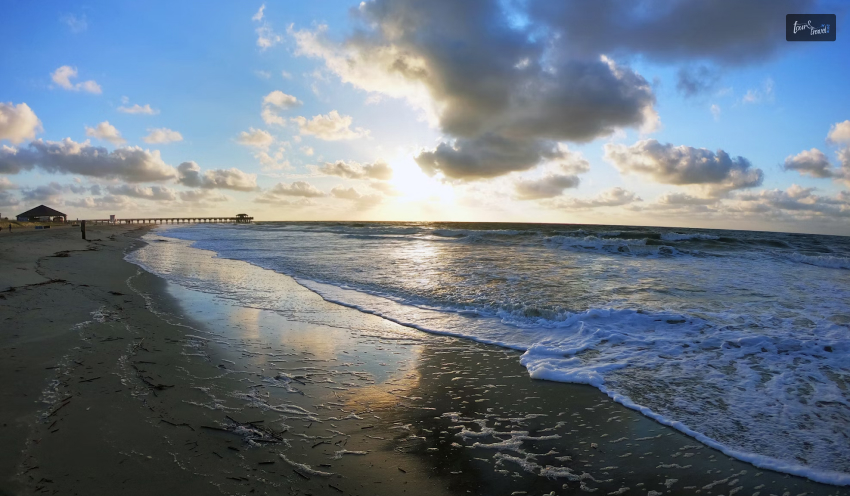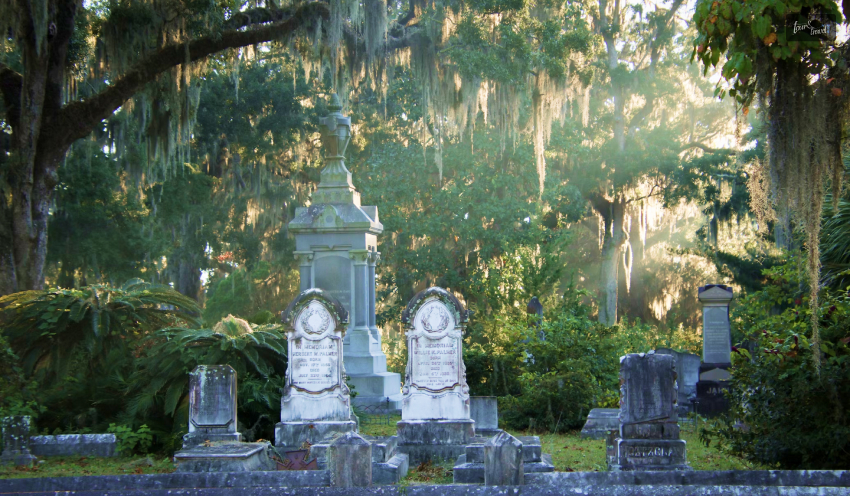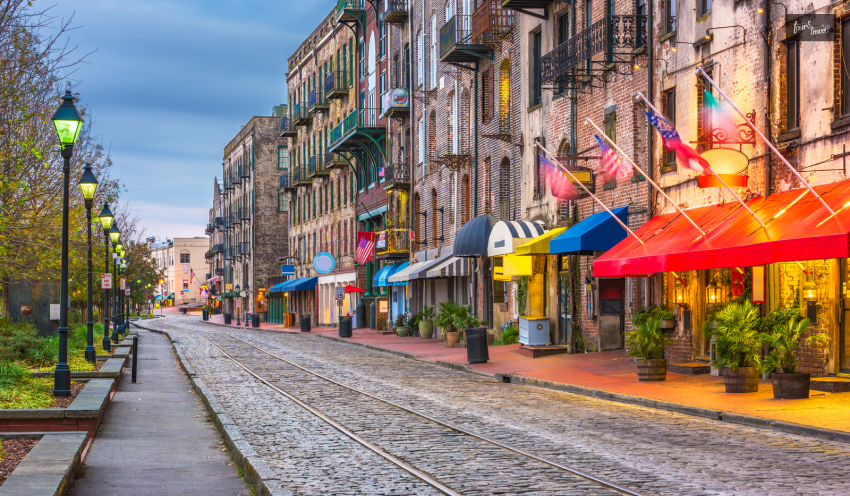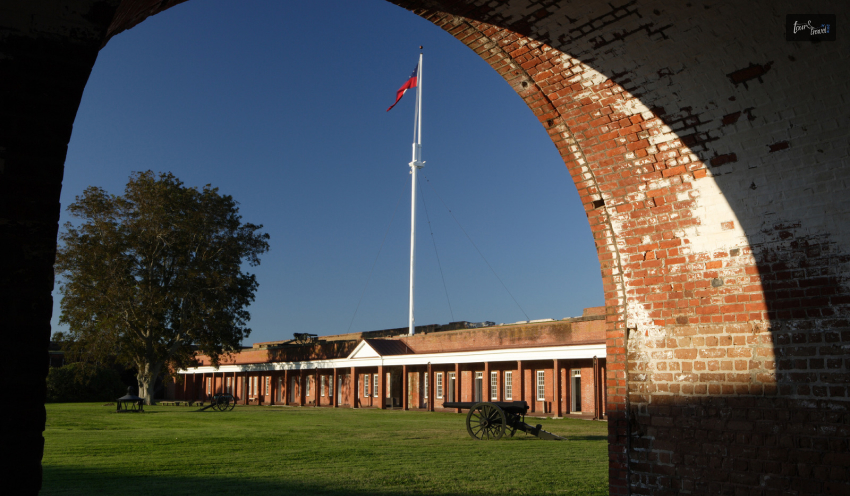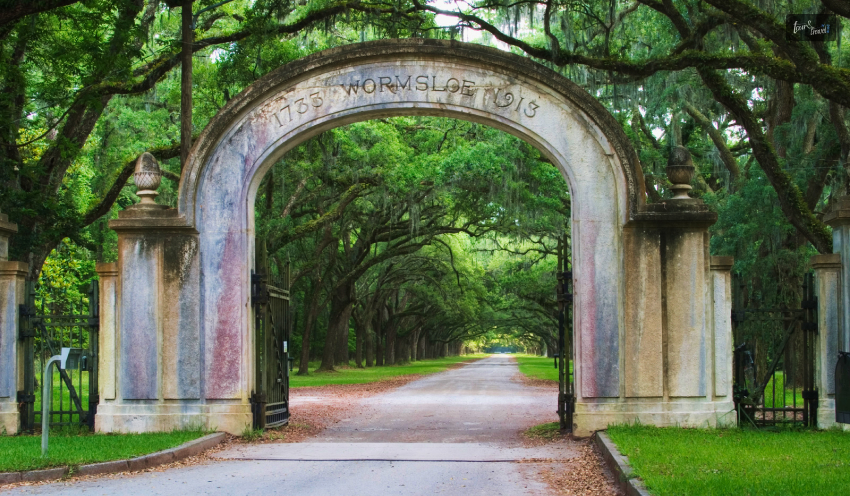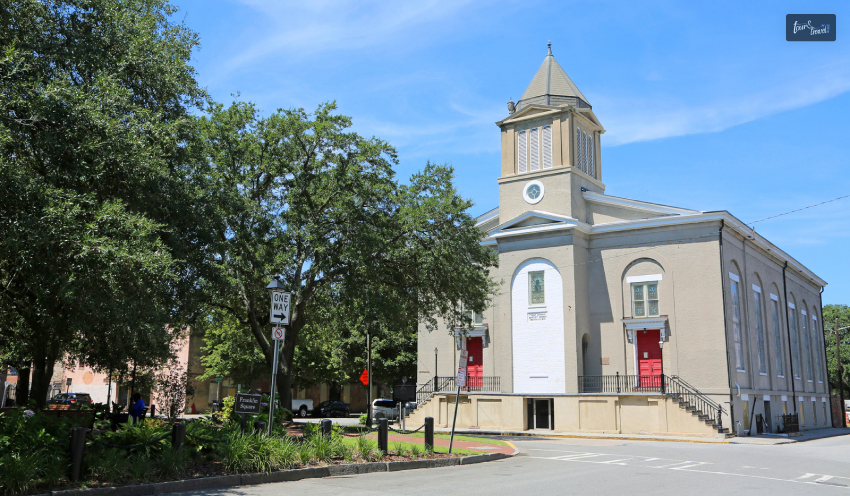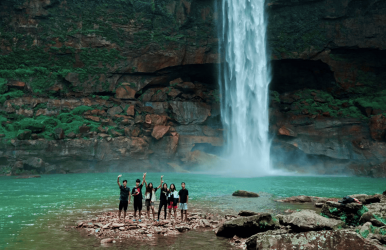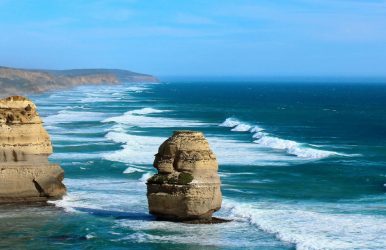Is Phe Phe Falls Worth Visiting?
BY Aritra Bose Mar 26, 2025
If you are planning to visit a place in the monsoon, Phe Phe Falls is your destination to go. In Meghalaya, among the lush green forests and bridges, the waterfalls will stun you into speechlessness. Furthermore, there are possibilities of visiting other equally amazing places quite close to the falls. The state of India is quite a paradise when it comes to natural beauty, elements, and other inspiring factors. You will enjoy the place apart from doing things like swimming, trekking and others. Read the blog to learn more about one of the most exotic places to travel. Is Phe Phe Falls Worth Visiting? The water of the Phe Phe Falls is cold, transparent like the sky with blue in its depth. The transparent water gives an essence of diversity, beauty, and unique charm. Let me share with you the meaning of the name, the things to do and what are the places around the fall to visit. Additionally, you can immerse your feet in the chilling waters and a sense of another worldly feel. It will fill your heart with happiness as you see the beauty all around and inside of you, experiencing a different kind of peace. In this blog, I will share with you what I think of the place, why you must visit it additionally, what is the best time to visit. You can plan this place when planning your solo trip in India. Meghalaya Meghalaya offers you various elements, its natural beauty, the culture, folklore, lifestyle and music of the people. When you visit the place, you realize the natural beauty is further enhanced with the human touch! The paradise of the North-Eastern corner of India, Meghalaya is a nature lover’s retreat to exploration, self-love and adventure. Amongst the beautiful valleys and waterfalls, one such fall is Phe Phe Falls in Shkentalang village. The fall is located in the West Jaintia Hills district, and you must visit it to experience a mix of beauty, mystery and grandeur. Let us explore further things to do along with other places to visit around the falls. Best Time to Visit Phe Phe Falls If you are wondering about the best time to visit Phe Phe falls in Meghalaya, I would say monsoon season is the best. Starting from the month of June to September, you will find Meghalaya at its best. The Phe Phe falls is at its fullest during this time. You will be thoroughly impressed with its beauty, the fall cascading down with abundant water amidst the green surroundings, in the lush and green forests. However, I would suggest you need to check the local weather conditions regularly when you are visiting. It is important because there are always chances of heavy rainfall during this time which ultimately has the power to impact the visibility and your travel plans. However, if you are not a huge fan of monsoons, you can go post monsoon, between October to November or even during March to May, which is prior to the monsoon seasons. These times are relatively stable as compared to the monsoon seasons when it comes to heavy rainfall. The lush green surroundings were quite persistent during these times as well but with a limit to the sudden downpours. About Phe Phe Falls – Meaning The Jaintia word, Phe Phe can be translated into meaning paradise, which is also the name of one of the major ethnic groups in Meghalaya. A two-tier waterfall, the Phe Phe fall is more thrilling compared to other waterfalls because of the steep hill which you can see through the shrub bamboo plants. With the backdrop of the blue sky, the sight of the waterfall will steal your breath away. There are range of hills which are layered with shadow and light on the opposite side. When you visit the place, you will feel that you have entered a different, more beautiful world. Things to Do in Phe Phe Falls Meghalaya is a must-visit destination and there, the Phe Phe falls is a perfect place for you to enjoy the serene surroundings. Additionally, there are some things to do here so, let me share with you what else you can do in this tranquil atmosphere with breathtaking views. Trekking This is a must if you are an adventure traveler especially because Phe Phe offers you the best experiences of trekking in Meghalaya. You will go through lush green forests across the surrounding hills which offer stunning views. If you are a nature lover, you should trek checking out the different types of animals and plants, thus adding excitement to your overall journey. The trek is quite average, suitable for both experienced and beginner-level trekkers. Swimming The act of swimming is a relaxing one and when you go swimming in the Phe Phe waterfall in Meghalaya, you find peace. There is a natural pool which is at the base of the waterfall, and you can easily take a dip in the pool. You can also enjoy the scenery around the Phe Phe falls in Meghalaya once you are done swimming! The water is invigorating and clear, providing as beautiful surrounding to soak and relax. So, if you are still wondering what are the places to visit in Meghalaya, I am sure I have convinced you! Additionally, the tranquility in nature will create a perfect place for you to relax and yet enjoy. It is a perfect place to cool off after you come down from your rock climbing or trekking. Camping In Meghalaya, the Phe Phe Falls offers you a beautiful and perfect experience when camping out! It is only possible for those who are ingrained nature lovers to enjoy the lush greenery, falling water, and picturesque sunsets and sunrises. Living under the stars, camping near the Phe Phe falls is a perfect example of enjoying a peaceful night close to nature. Let's not forget that it gives you an opportunity to connect with nature and make several memories. Rock Climbing A thrilling and exciting activity, rock climbing is perfect for adventure enthusiasts. The activity is thrilling, and the waterfall is the perfect background as it presents rock climbers with a unique challenge to experience beautiful locations and adventure, all at once. You need to be trained in this activity along with possessing immense physical strength. Once you reach the top, the view is simply beautiful. This way you can check your capacity and your skills to perfectly climb to the top. Nearby Attractions of Phe Phe Falls There are several attractions near the Phe Phe Falls which offer you the further natural beauty of Meghalaya. The picturesque scenes show stunning beauty, allowing you to enjoy the location, thus, offering the perfect weekend retreat. Dawki River Known for its boat rides, the river also offers opportunities for fishing. It is one of the top places located quite close to Phe Phe falls. The transparent water will let you see deep into the riverbed and fish swim quite easily. You can visit from 9 am to 4 pm! Apart from boat rides and fishing, you can also set up a picnic to experience the scenic views. Further, you can also set up your camp along the river. Krang Suri Falls Another of the falls, Krang Suri falls is quite close to Phe Phe in Meghalaya. The turquoise pool just below the waterfall creates a mesmerizing sight for visitors. You can do rock climbing, enjoy the peaceful ambience and swim across the clear waters. Thadlaskein Lake You can visit the lake from 9 am to 5 pm, which is perfect to enjoy your vacation. There are several things to do in this lake such as boating, fishing, picnicking, and photography. Additionally, you can also visit the boat house and enjoy the sunset at the end of the day painting the sun red. Shnongpdeng Village The village offers an escape from the hustle and bustle of the city! The village is perfect for its natural beauty as it is situated just beside the Umngot River. If you are a foodie, this is the place for you as they prepare the most delicious dishes in Meghalaya. They have their local produce and as they are surrounded by nature, you will have a lot of relaxing time along with good food and good company. Pack Your Bags... In conclusion, the natural beauty of Meghalaya is worth traveling to! Phe Phe Falls is one such place in Meghalaya that showcases all its beauty with lush greens and cascading water. The natural wonder is all in its glory in the monsoon season and will take your breath away. Comment below about when do you decide to visit the Phe Phe falls! Let's explore the beautiful place, if you are seeking tranquility in the natural beauty of Northeast India. Also read Top 10 Most Popular Paraguay Food That You Must Try. Top 13+ Famous Wonders Of India That You Must Visit.

